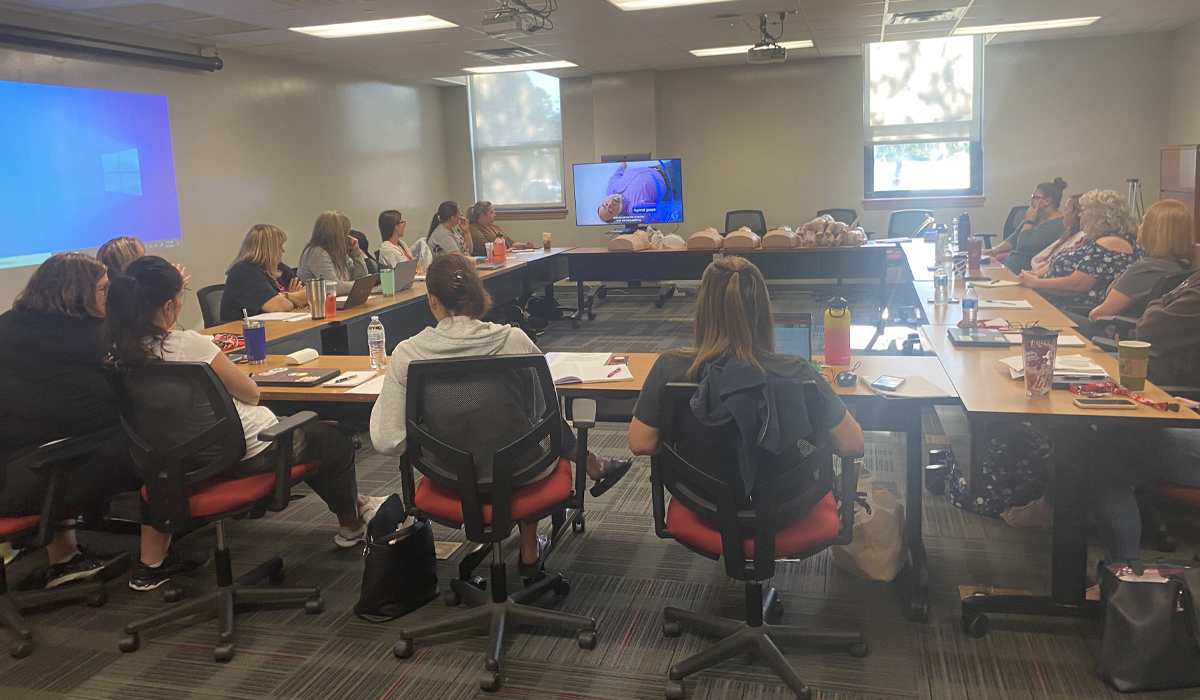
Everything You Need To Know About BLS For Healthcare Providers
Master The Essentials: Ultimate Guide To BLS For Healthcare Providers
Basic Life Support is a set of skills that everyone in the medical field needs to know, whether they have been doing it for years or are just starting. As a healthcare provider, your patients count on you to be ready to help them in any emergency. This training can help make sure you are ready for anything. With Illinois Safety, you will know BLS training can help ensure you are adequately prepared!
Our firm makes sure that everyone knows how to stay safe. We offer American Heart Association BLS classes to help people learn how to do CPR and to teach people how to stay safe at work. These classes are available for both individuals and groups. We have photos, frequently asked questions, and customer reviews showing our work’s quality. We also work in diverse service areas.
Send us an email or call (630) 290-4280. With us, you can feel confident that you are doing the right thing to stay safe.
Things Healthcare Providers Should Know About BLS
BLS Training is a vital skill approved by the American Health Association BLS. It helps people save lives if they use the right methods. This helps doctors, nurses, and other people know what to do when someone has an emergency. It also helps them respond quickly to save the person’s life. This teaches you how to do CPR, use an AED machine, and help someone who is choking.
Experts who have special training can help save someone’s life in dangerous situations. Certification in BLS means you know how to help people in an emergency. You will feel confident and sure of what you are doing. Certification in BLS training is a great way to learn about caring for people. The basic components are listed below.
1. Basic Skills Necessary
This helps doctors and nurses know what to do if a patient has a heart attack or stroke. It also gives them the tools they need to help people get better. Medical workers learn to check a patient’s pulse, breathing, and temperature. They also learn to give good CPR and ensure the patient can breathe well.
Nurses can learn to look at a special picture on a screen called an ECG. They also know what to do if someone has trouble breathing or their heart stops. They can help the person by using a special machine to shock the heart back into rhythm.
2. Breathing And Chest Compressions
It is vital to know how to do chest compressions correctly. You also need to know how to clear the airway if something is blocking it and how to do artificial breathing. These are all important skills that doctors need in a crisis. It’s also vital to be confident in applying them right.
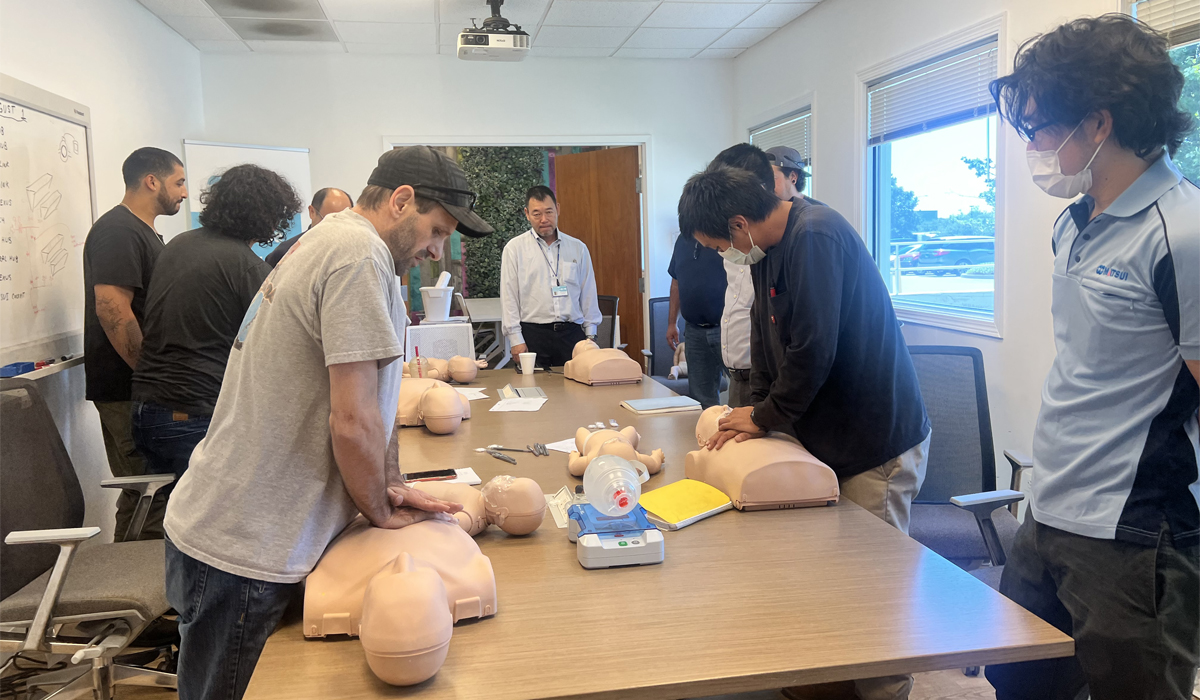
3. Automated External Defibrillators
It teaches people about using AEDs, which are machines that help with heart problems. An AED is a tool that can help someone who has had a heart attack. It is easy to use and can save lives in an emergency. Training on AEDs teaches you when to use them and how to do CPR with them.
It also helps you learn how to take care of and use an AED properly in an emergency. This will help you know what to do if there is a problem. Getting an AHA BLS provider certification will help you know what to do if you ever need to use an AED. You will feel more prepared and confident in any situation.
4. Cardiopulmonary Resuscitation (CPR)
This is about being able to act quickly and correctly in a crisis. People practice CPR on pretend patients to learn how to respond in real life. Practicing on a fake patient can help you learn how to do lifesaving things. It gives them the confidence, skill, and knowledge they need in an emergency. When giving CPR, you must do it well and fast to bring someone back to life.
5. BLS Learning Application
This helps you learn how to respond in an emergency. It teaches you how to help with a heart attack, trouble breathing, or other first aid needs. It also shows you the best way to take action in these situations. The most important thing is to learn how to use what you know in real life. This way, patients can get the best medical care.
This advice will help you learn to stay calm and be confident in difficult situations. You will practice drills and scenarios so that you can act the right way in these types of situations. If you have a BLS certification, it is a great way to be ready for health emergencies. It can help you learn more and get extra training.
Common Mistakes To Avoid When Performing BLS Protocols
When giving BLS, it is vital to be careful and not make mistakes that can hurt the patient. Here are some flaws healthcare providers should avoid when attending to a patient.
Chest Compressions And Breathing Techniques
Make sure you do both chest compressions and breathing techniques. Push hard enough when doing chest compressions. It is important to take deep breaths and let out the air at a slow pace. Make sure to have enough time between each breath for enough air exchange.
When CPR, you must press on the chest 30 times and then give two breaths. This will help get oxygen into the person’s lungs and blood. Practicing CPR can help you remember what to do in an emergency. It can help save someone’s life if they have a heart attack.
Inaccurate Use Of Automated External Defibrillators (AEDS)
Automated External Defibrillators (AEDs) are very important. They help save lives in an emergency. Check the settings before giving a shock. Giving too much energy can hurt the patient and not be safe for you, too. Choose a lower level if possible.
If you have questions about the device or need help, look for tips and instructions online. You can also ask a medical professional for help. It is better to be safe than sorry, even if it seems easy to use.
Poor Positioning During BLS Protocols
If someone is lying down and you are doing chest compressions, ensure they are in the right spot. If not, it won’t work very well, and it will be harder for the person doing the compressions and for the patient.
To do chest compressions right, make sure you use a firm surface. Use one or two pillows to raise their shoulders so your arms can move easily. When helping someone breathe, tilt their head back and to the side. This will help them get oxygen into their lungs. Do these steps to ensure you and the patient feel good during the BLS protocol.
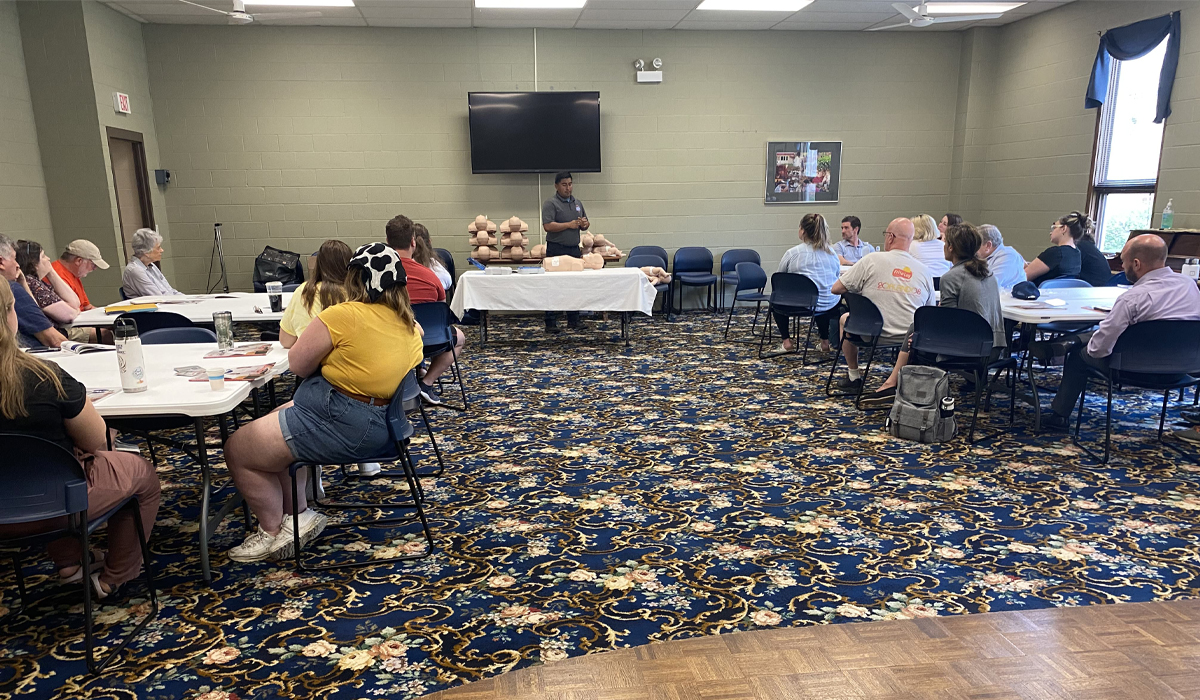
Failure To Administer Proper Dosage
Giving the right amount of medicine is important when doing basic life support. The doctor will tell you how much to give. This mistake can be avoided if you follow the doctor’s instructions. If you give too little of the medicine, it will not work. If you give too much medicine, it could be dangerous. It is important to follow the rules for BLS if you want it to work.
If you use the right methods and give the right amount, people with heart problems can live better. It is very important to know how much medicine to give someone quickly. Giving the right amount of medicine fast can help save a person’s life.
Improper Assessment Of Patient’s Consciousness
It is very important to be careful when checking how awake a patient is. It can be the difference between life and death. The best way to check this is by using the Glasgow Coma Scale. This scale gives clear directions for measuring the patient’s alert. Knowing the guidelines for your job is important so you can do it well.
Neglecting Continuous Monitoring
If you don’t follow the rules, it can be hard to tell what is wrong with someone. They might not get the right treatment right away. That could be very dangerous if someone needs help fast, like in a heart attack. When doing BLS, move fast. But take enough time to check on the patient and see if anything changes. To ensure the patient is okay, check up on them often while doing your work.
Failing To Notify Appropriate Personnel
It is easy to forget to tell the right people when doing BLS protocols. Make sure you take the time to let them know when you start and if anything changes in your care plan. When responders fill out medical forms, it helps them stay organized. It also helps get the right information about the patient quickly. They can look at the records and make changes if needed.
When they keep good records, patient care gets better. Do extra steps when you do your protocols. This will help make sure that everything turns out well for everyone.
Having a BLS certification is helpful for people in the healthcare sector. It helps them learn more and become better at their job. This certificate and training help doctors, and their patients, and Illinois Safety is here to help you get them!
Our company gives us helpful information, classes, and tips so we can stay safe. We have resources that can help you. You can learn how to get BLS certification and learn helpful safety tips. If you are a doctor or nurse or want to stay safe, we have products for you.
Call us now at (630) 290-4280 or send us an email to start your class. We make learning about important safety protocols easier than ever before. We are the top BLS for healthcare providers.
Illinois Safety Classes Are As Follows:
Other Articles We’ve Hand-Picked For You:
Frequently Asked Questions
Basic life support comprises the following elements: initial assessment, airway maintenance, and cardiopulmonary resuscitation (CPR). When a casualty is unconscious, we need to establish if they are breathing normally or not. This is achieved by opening and maintaining the airway.
Assess for breathing and pulse. Simultaneously, check the carotid pulse for at least 5 seconds—but no more than 10 seconds—to determine if a pulse is present. It’s essential to minimize delay in starting CPR, so take no more than 10 seconds to assess the patient.
Many organizations provide online BLS courses, but the certification process usually includes in-person skills evaluations.
The BLS certification exam pass rate varies from 85% to 90%.
If you fail the BLS certification exam, you may have to retake the course and exam before being certified.
Many organizations provide online BLS certification renewal courses for healthcare providers who need to recertify.
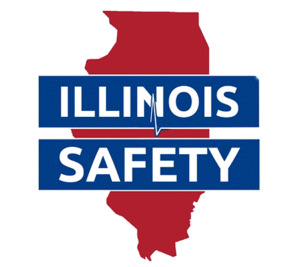
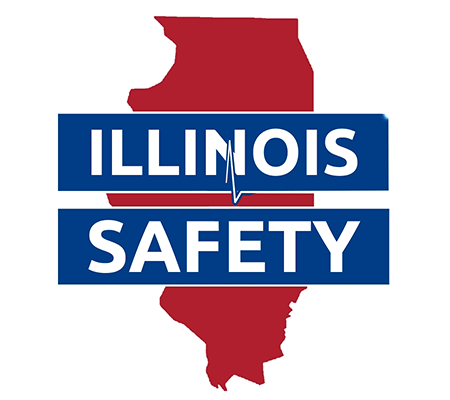
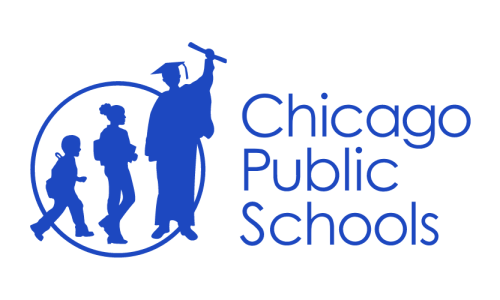


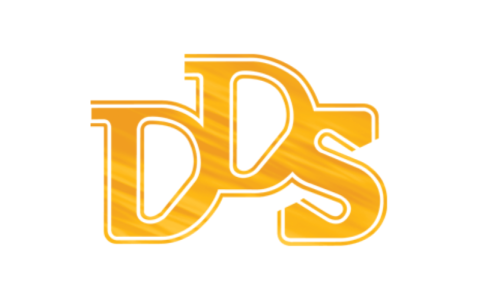



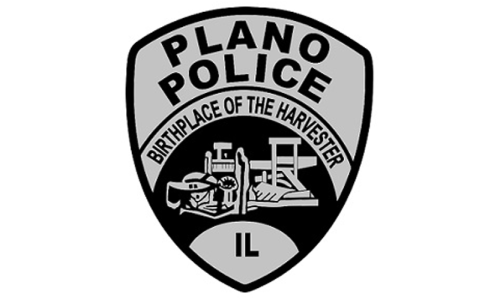
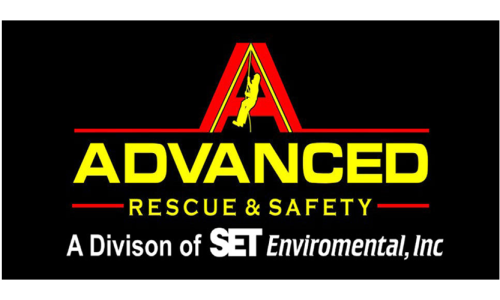
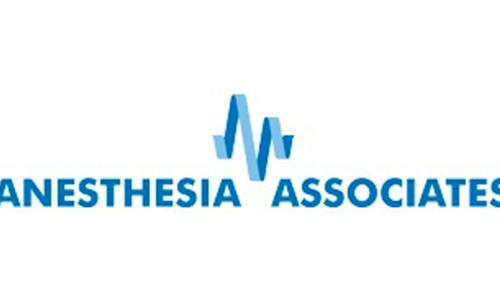
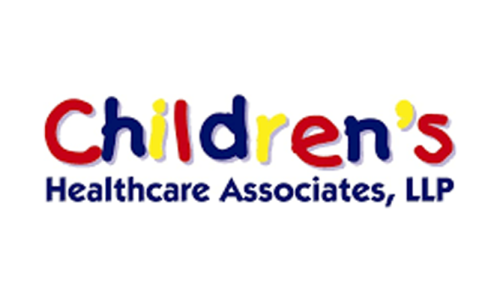
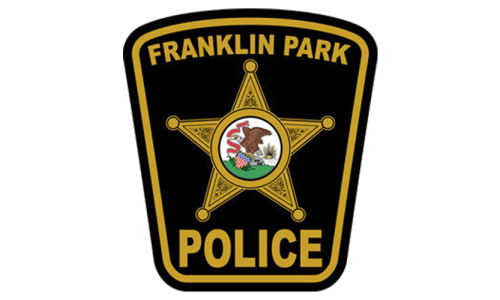


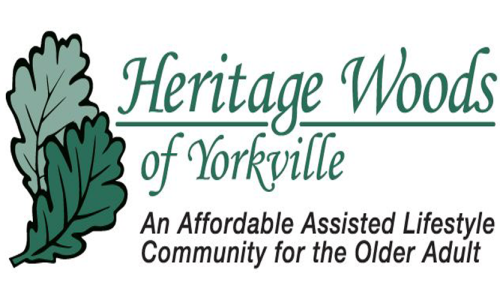
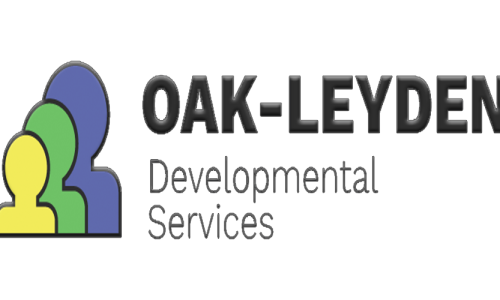
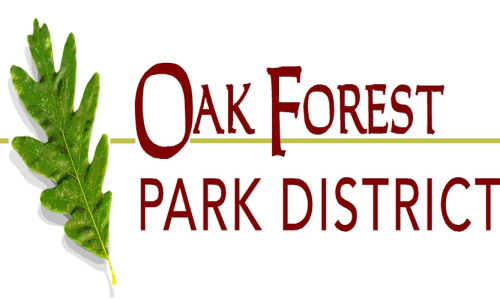

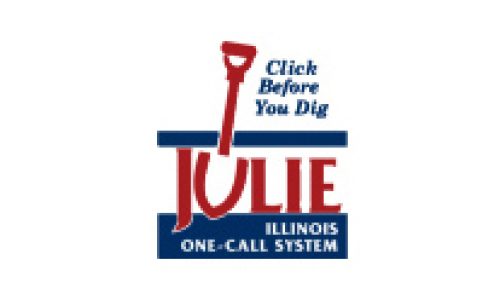


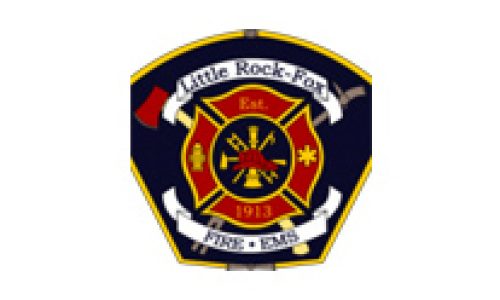
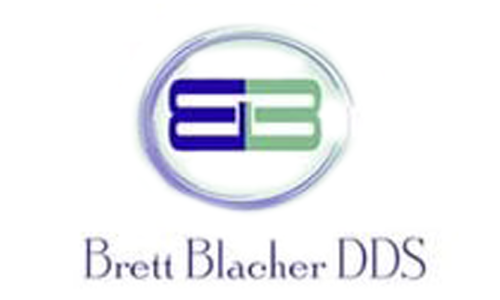
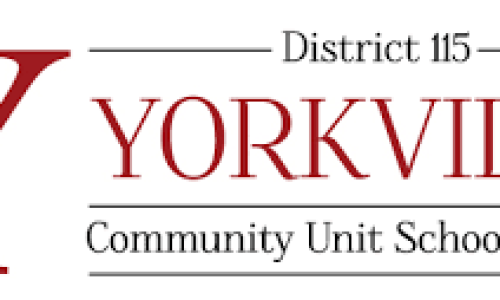




 Powered by
Powered by